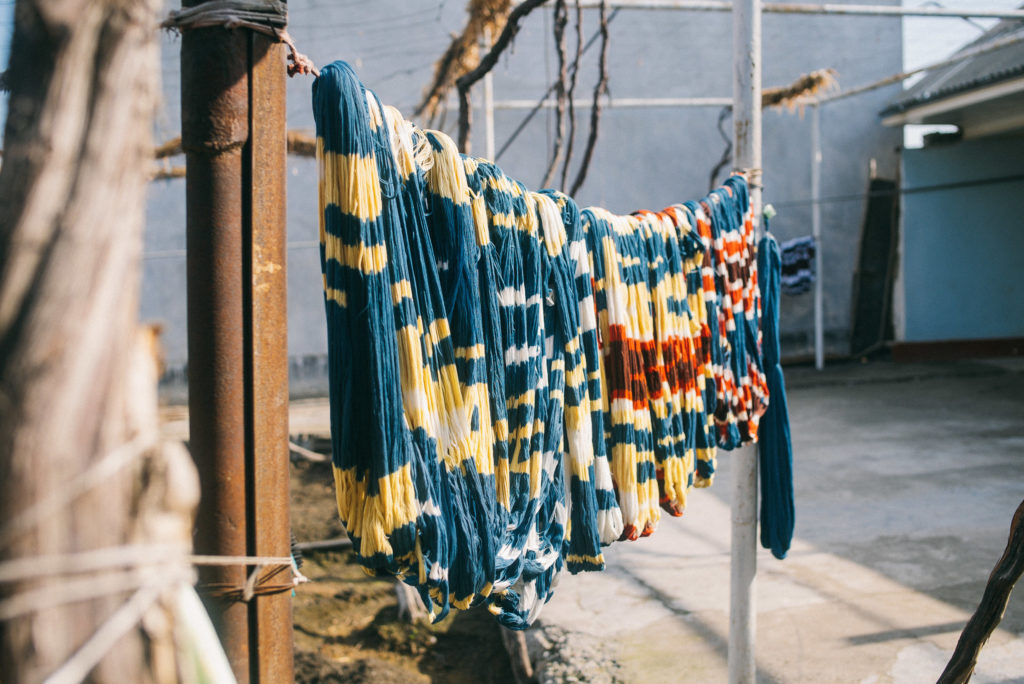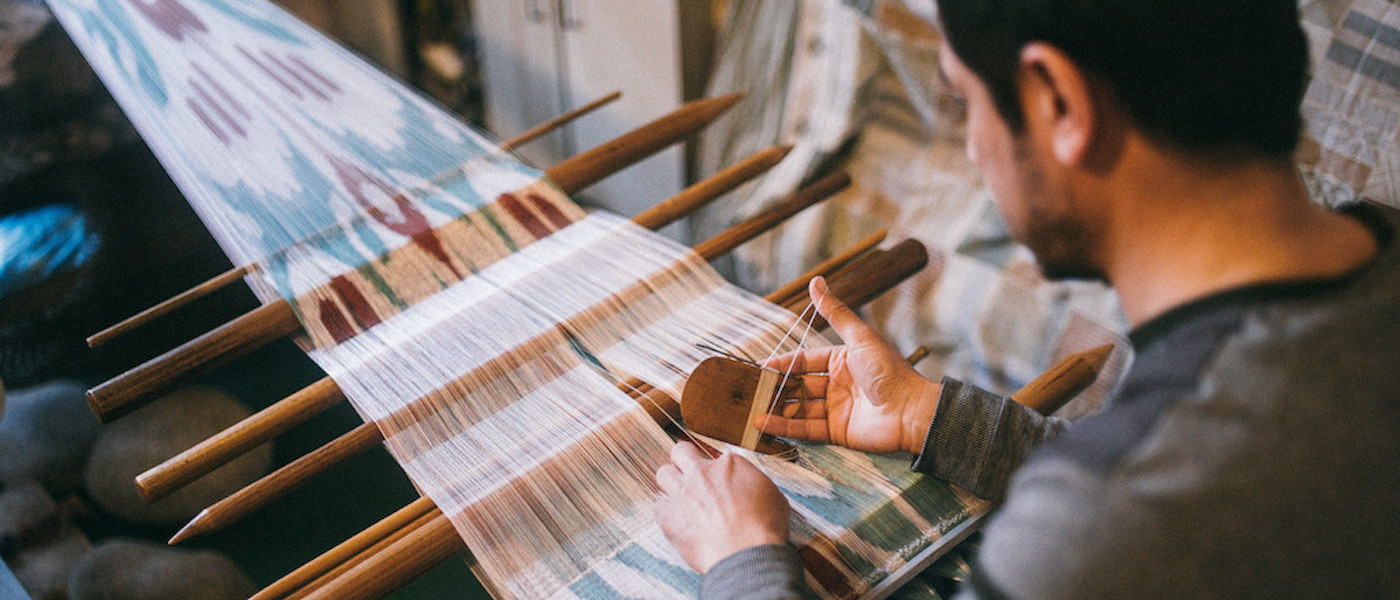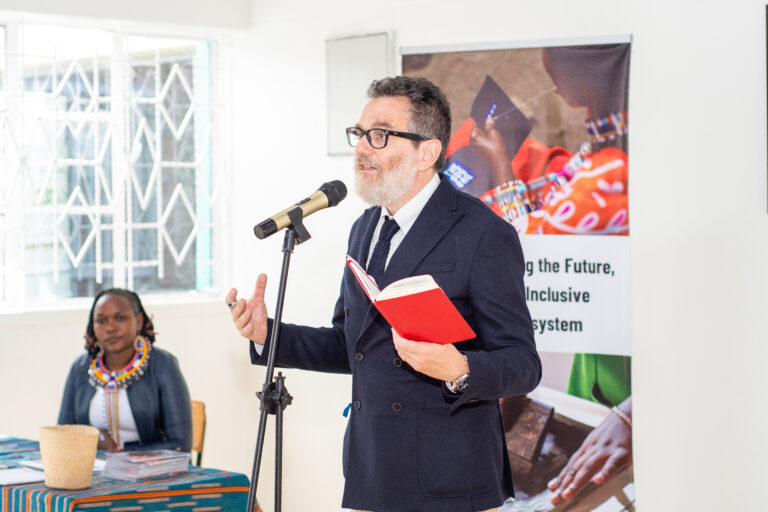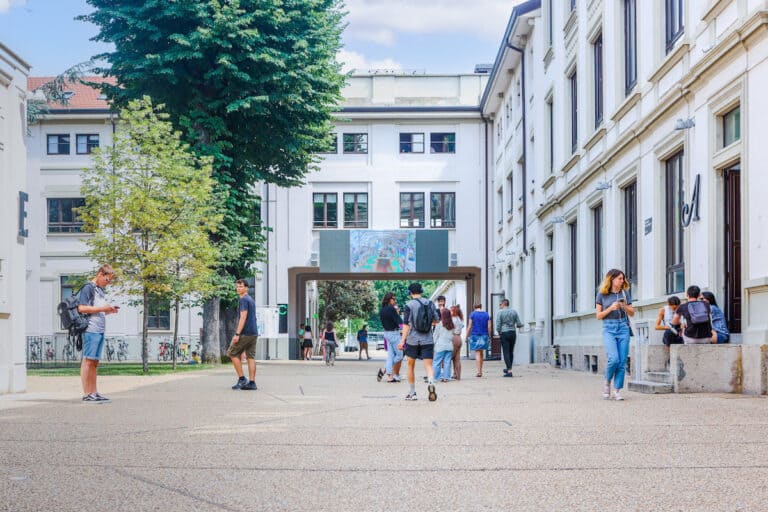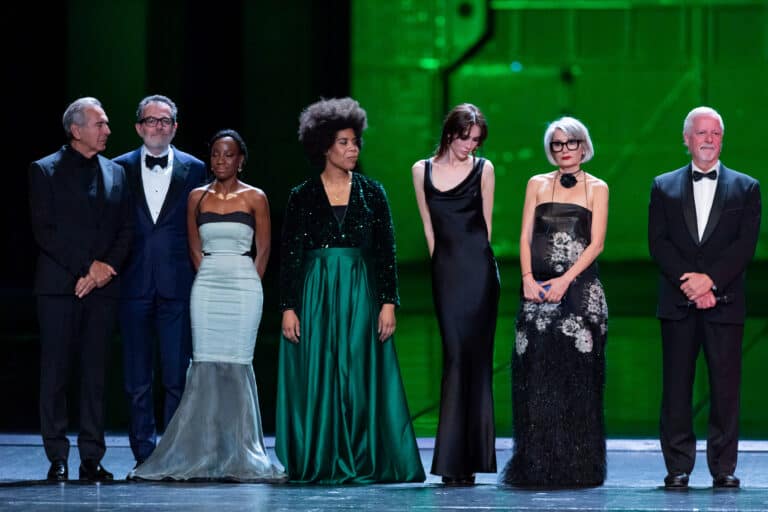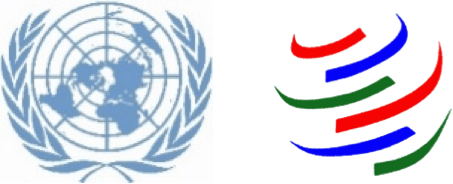The art of ikat: a step-by-step guide
In Uzbekistan, the art of making Ikat is truly one-of-a-kind with a process that requires 37 thorough steps and many artisan hands – each an essential piece of the intricate, beautiful fabric. It can sometimes take up to 2 months to produce this distinctive work. The word ‘ikat’ of Malaysian-Indonesian roots means “to bind”. For Uzbeks, ikat-making is an ethereal activity they honour by calling it “tying a cloud”.
The country, landlocked and composed of plentiful mountainous terrain, conserved this art following the end of the Silk Road. An ancestral craft that’s been passed down through the generations, ikat weaving and its fabrics have been synonymous with Uzbek culture since the early 18th century. Ikat was a highly regarded and exclusive fabric originally worn by kings, queens and the upper class, and it wasn’t until the late 18th century and early 19th century that ikats from Uzbekistan became internationally known and popular.
There are two main parts to ikat production, the first being the cultivation of silkworms and obtaining the silk out of their cocoons. Because the quality of silk obtained at this stage determines the quality of the final ikat produced, this initial step is essential. The second part is the actual production and resist-dyeing, a complex process exclusive to ikats.
Each one of the 37 steps of production takes place in a different house alongside its own skilled master. At each stage, the work is handed to a new person, an expert in that particular stage, prior to being passed on. It’s because of this delicate teamwork and specific skillset that the ikat production process is very particular, meticulous and time-consuming.

To begin this lengthy process, the threads are washed and passed on to spools. After, it is quickly passed on to the Davrakash, the wooden frame used by the artisan, to ensure the length and weight of the fabric is as it should be.
Following the Davarakash, it is then sent to Qatchi, the next step in the process in which the yarn gets folded. The word derives from qat, which means “to layer”. Qatchi folds the fabric according to specified designs and prepares it for the additional steps.
Once all of the yarns are folded, they are then put on a frame to be pulled and fixed from both sides. This is also when drawings are prepared to be put on the yarns. After that’s complete, the marked motifs are tied in a process called Komish, meaning ‘to bury’. The next step calls for “burying” the drawings and hiding them before proceeding.
Next up is the beginning of the dyeing process, which requires extremely intricate pattern-making. Unlike other fabrics in which oftentimes the final cloth is dyed, ikat requires the yarn to be dyed prior to being woven.

Our partners Ikat Uz specialise in the production of ikat from start to finish. When it comes to the thorough pattern-making process, they use natural dyes to make up the desired patterns. Natural dye derivatives vary from turmeric and walnut shells to rose petals and saffron. The threads are then delicately dyed colour by colour. The art of ikat is particular in that, when replicating a pattern, the weaver has to dye the thread in the exact same way and place the threads on the looms exactly in the same place in order to obtain a perfect result. It is said that the skill level of the team is visible in the number of colours produced in the fabric. The more colourful the ikat, the higher the skillset of the team.
Ochuvchi, the ‘opener’, comes next, and it is here where the dyed yarns are released from their tight binds, dried and prepared for the following procedure called Gula.
During Gula, the yarn gets prepared for weaving by layering the pattern on a wooden frame where the patterns are then matched. This is the final step before being sent to the master who later creates the loom for the ikat.
Next up, the silk masters bring the silk yarns, which are then set up on the loom. The expert handweavers involved in this crucial step are primarily women and they weave in the comfort of their homes. On average, they can produce up to 50-60m per week.
A dedicated community effort, the team involved in the creation of this fabric is usually composed of a mix of skilled men and 25 women. Ikat production is low-carbon and environmentally friendly, contributing to a better atmosphere. With the right care and diligence required to produce ikat, the final product reveals itself in an astonishingly unique fabric with a story of its own.
